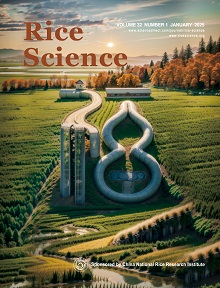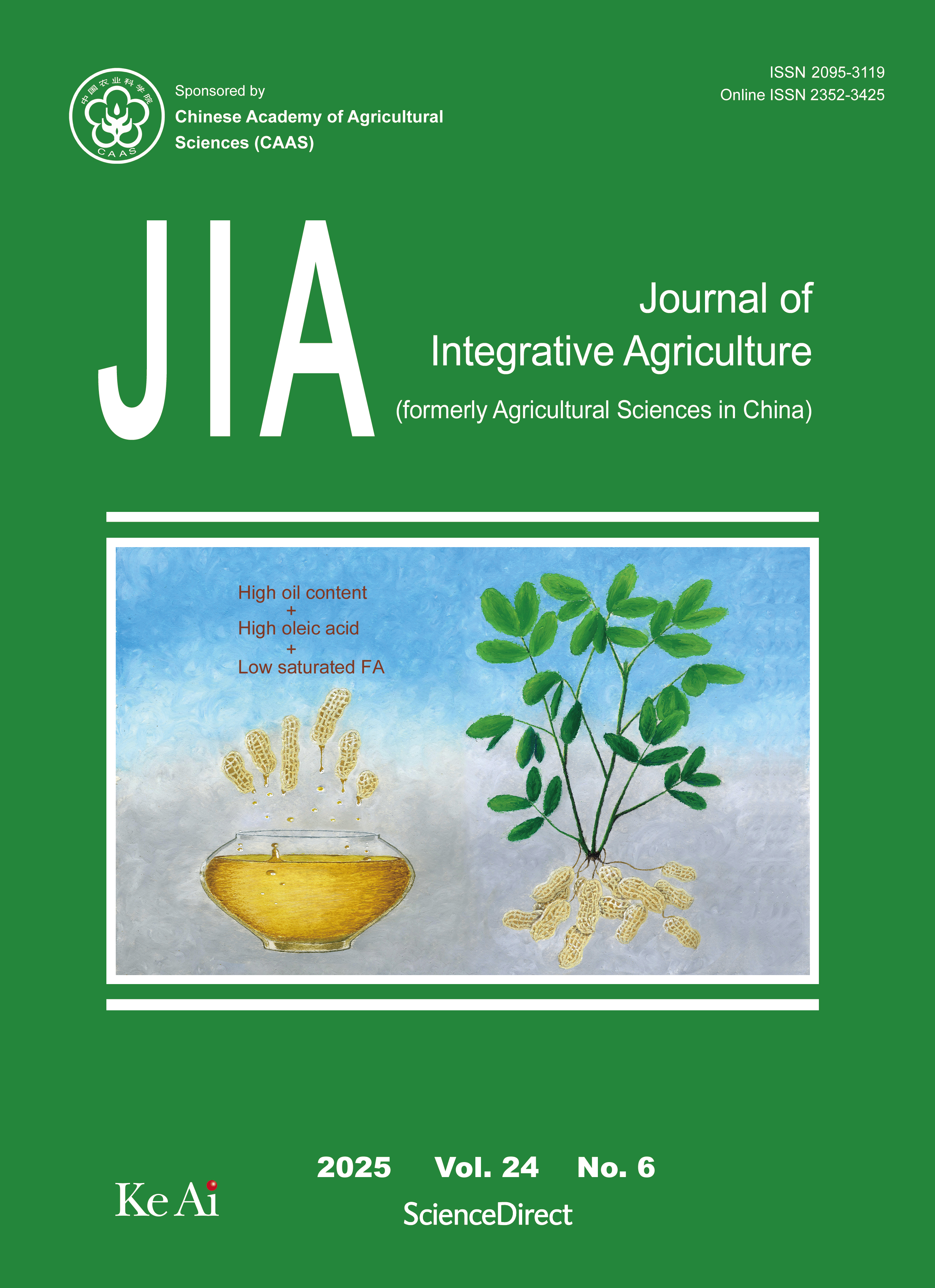Identification of QTLs for Cooking and Eating Quality of Rice Grain
相似文章
-
Effect of Rolled Leaf Gene Rl_((t)) on Grain Quality in Hybrid Rice [SHAO Yuan-jian, CHEN Zong-xiang, CHEN Hong-qi, ZHANG Ya-fang, PAN Xue-biao] 水稻科学(英文版) 2005,12 (3) 168-172
-
Response of grain-filling rate and grain quality of mid-season indica rice to nitrogen application [Zhang Jing, Zhang Yan-yan, Song Ning-yuan, Chen Qiu-li, Sun Hong-zheng, Peng Ting, Huang Song, Zhao Quan-zhi] 农业科学学报 (英文) 2021,20 (6)
-
Combined effect of shading time and nitrogen level on grain filling and grain quality in japonica super rice [Wei Hai-yan, Zhu Ying, Qiu Shi, Han Chao, Hu Lei, Xu Dong, Zhou Nian-bing, Xing Zhi-peng, Hu Ya-jie, Cui Pei-yuan, Dai Qi-gen, Zhang Hong-cheng] 农业科学学报 (英文) 2018,17 (11)
-
Effects of planting methods on yield and quality of different types of japonica rice in northern Jiangsu plain, China [Bian Jin-long, Xu Fang-fu, Han Chao, Qiu Shi, Ge Jia-lin, Xu Jing, Zhang Hong-cheng, Wei Hai-yan] 农业科学学报 (英文) 2018,17 (12)
-
Effects of nitrogen level on yield and quality of japonica soft super rice [Zhu Da-wei, Zhang Hong-cheng, Guo Bao-wei, Xu Ke, Dai Qi-gen, Wei Hai-yan, Gao Hui, Hu Ya-jie, Cui Pei-yuan, Huo Zhong-yang] 农业科学学报 (英文) 2017,16 (5)
-
Effects of Nitrogen Application Time on Caryopsis Development and Grain Quality of Rice Variety Yangdao 6 [Fei Xiong, Zhong Wang, Yunfu Gu, Chen Gang, Peng Zho] 水稻科学(英文版) 2008,15 (1) 57-62
-
Difference in Grain Yield and Quality among Tillers in Rice Genotypes Differing in Tillering Capacity [Wang Feng, Fangmin Cheng, Guoping Zhan] 水稻科学(英文版) 2007,14 (2) 135-140
-
Effect of Interplanting with Zero Tillage and Straw Manure on Rice Growth and Rice Quality [Shiping Liu, Xiaojun Nie, Qigen Dai, Huo ZhongYang, Ke X] 水稻科学(英文版) 2007,14 (3) 204-210
-
施氮时期对扬稻6号颖果发育及稻米品质的影响 [Fei Xiong, Zhong Wang, Yunfu Gu, Chen Gang, Peng Zho] 中国水稻科学 2007,21 (6) 637-642
-
Combined effect of shading time and nitrogen level on grain filling and grain quality in japonica super rice [Haiyan Wei, Ying Zhu, Shi Qiu, Chongxu Han, Lei Hu, Dong Xu, Nianbing Zhou, Zengping Xing, Yajie Hu, Peiyuan Cui, Qigen Dai, Hongcheng Zhan] 农业科学学报(英文版) 2018,17 (11)





